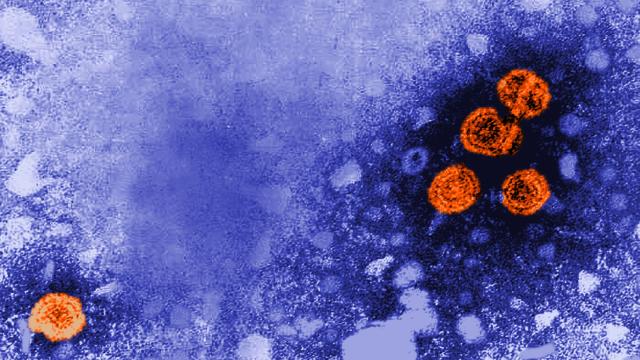There’s no shortage of viruses, bacteria, and critters that take advantage of humans’ love for sex. If your knowledge of STIs still comes mostly from primary school sex ed, it’s time for a refresher, because some of these germs — and how we fight them — have evolved over time.
As a reminder, the risk of contracting most STIs can be substantially reduced via condoms or other forms of barrier methods. If you’re sexually active, it’s important to get tested regularly for the most common infections, even if you don’t have any symptoms.
Trichomoniasis
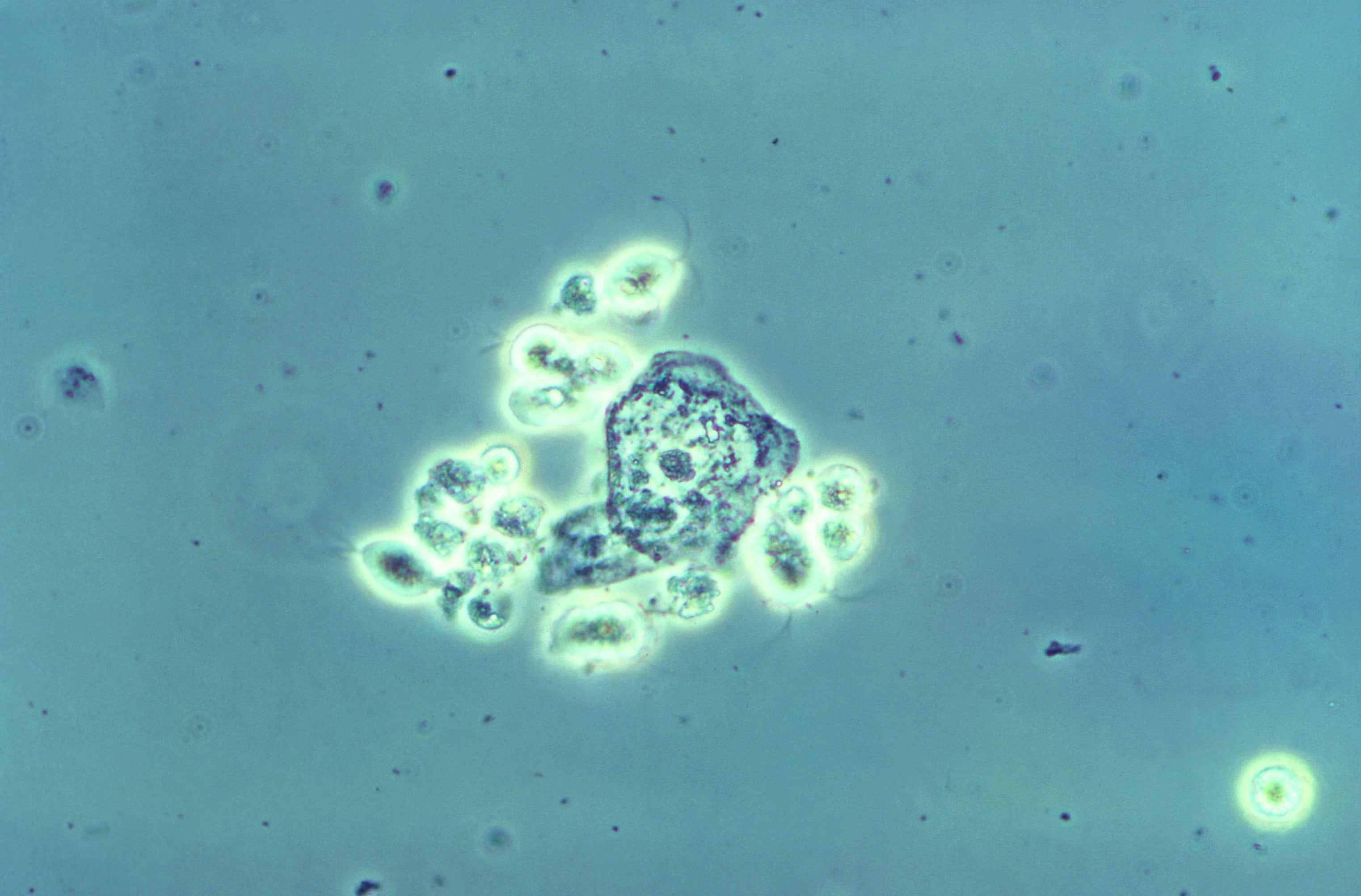
The infection: Trichomoniasis, or trich, is caused by the protozoan parasite Trichomonas vaginalis.
Symptoms and long-term effects: In about 30% of cases, people will experience itching and irritation in their genitals, along with burning while peeing and a discharge sometimes accompanied by a strong fishy odor in women. This irritation can also raise the risk of contracting other STDS like HIV and raise the risk of a premature or low-weight birth in pregnant people.
How to treat it: Trich is easily treated with antibiotics, but infection doesn’t confer long-lasting immunity, so it’s often recommended that a person’s partners are tested and treated if need be before resuming sexual activity.
Mycoplasma genitalium
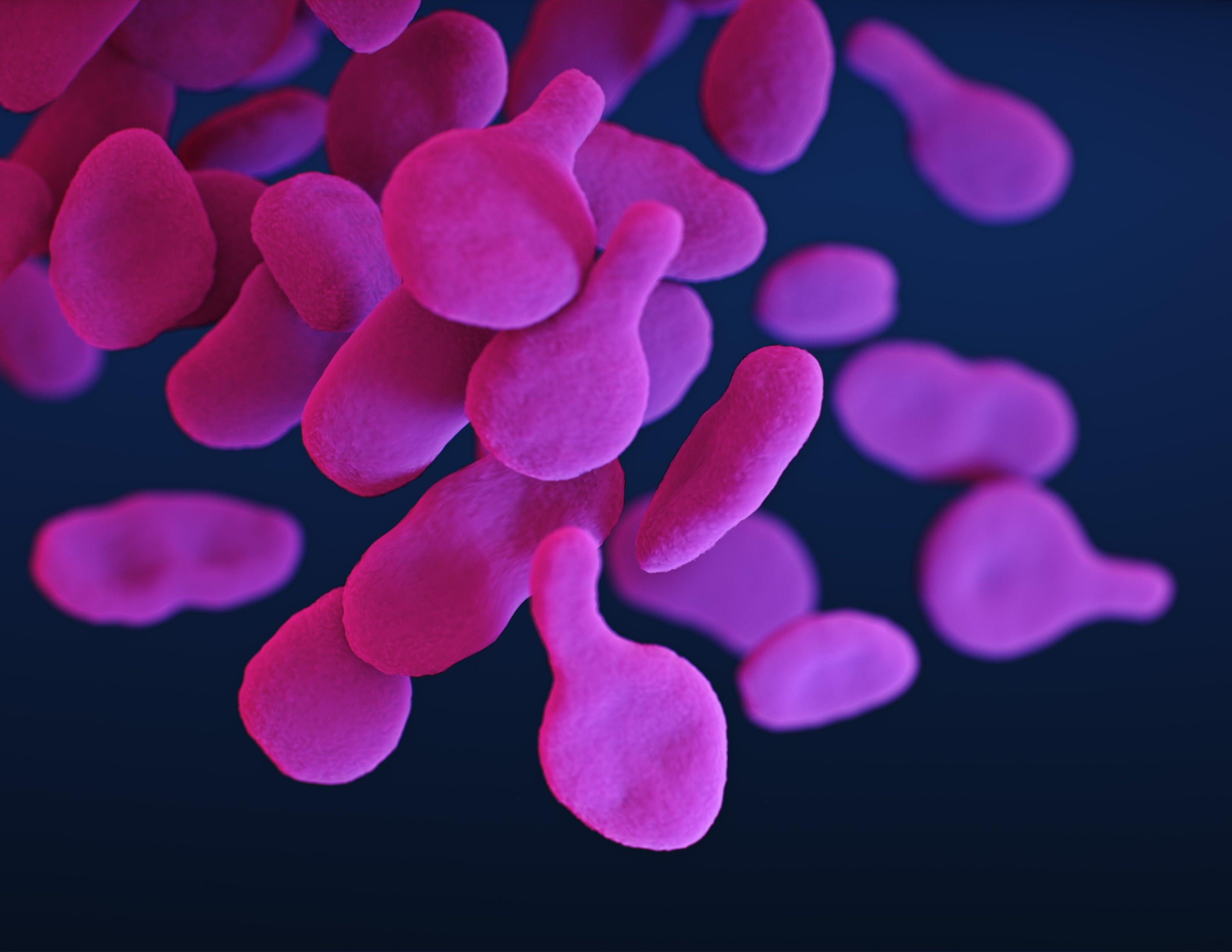
The infection: Mycoplasma genitalium, sometimes known as Mgen. Data is limited on its prevalence, but some research has suggested that around 1% to 3% of the global population may carry it.
Symptoms and long-term effects: Its acute symptoms are very similar to chlamydia (discharge, burning while urinating). In women, it can cause an inflamed cervix and pelvic inflammatory disease, a serious condition that can lead infertility if untreated.
How to treat it: Antibiotics, but the emergence of resistant strains have necessitated the need for combination treatment in many cases.
HIV

The infection: HIV, caused by the human immunodeficiency virus.
Symptoms and long-term effects: Flu-like symptoms during acute illness. Without treatment, the chronic infection then causes a slow but steady drop in the level of certain immune cells, eventually leading to acquired immunodeficiency syndrome (AIDS). People with AIDS are vulnerable to many opportunistic infections and often die within years without treatment.
How to treat it: The later stages of HIV infection are almost entirely preventable with regularly provided antiretroviral therapy (ART). Though ART needs to be taken for life, it can often suppress the virus to the point that people live long and healthy lives and cease to be contagious. A handful of people have experienced a full remission following a bone marrow transplant from donors genetically resistant to infection.
Syphilis
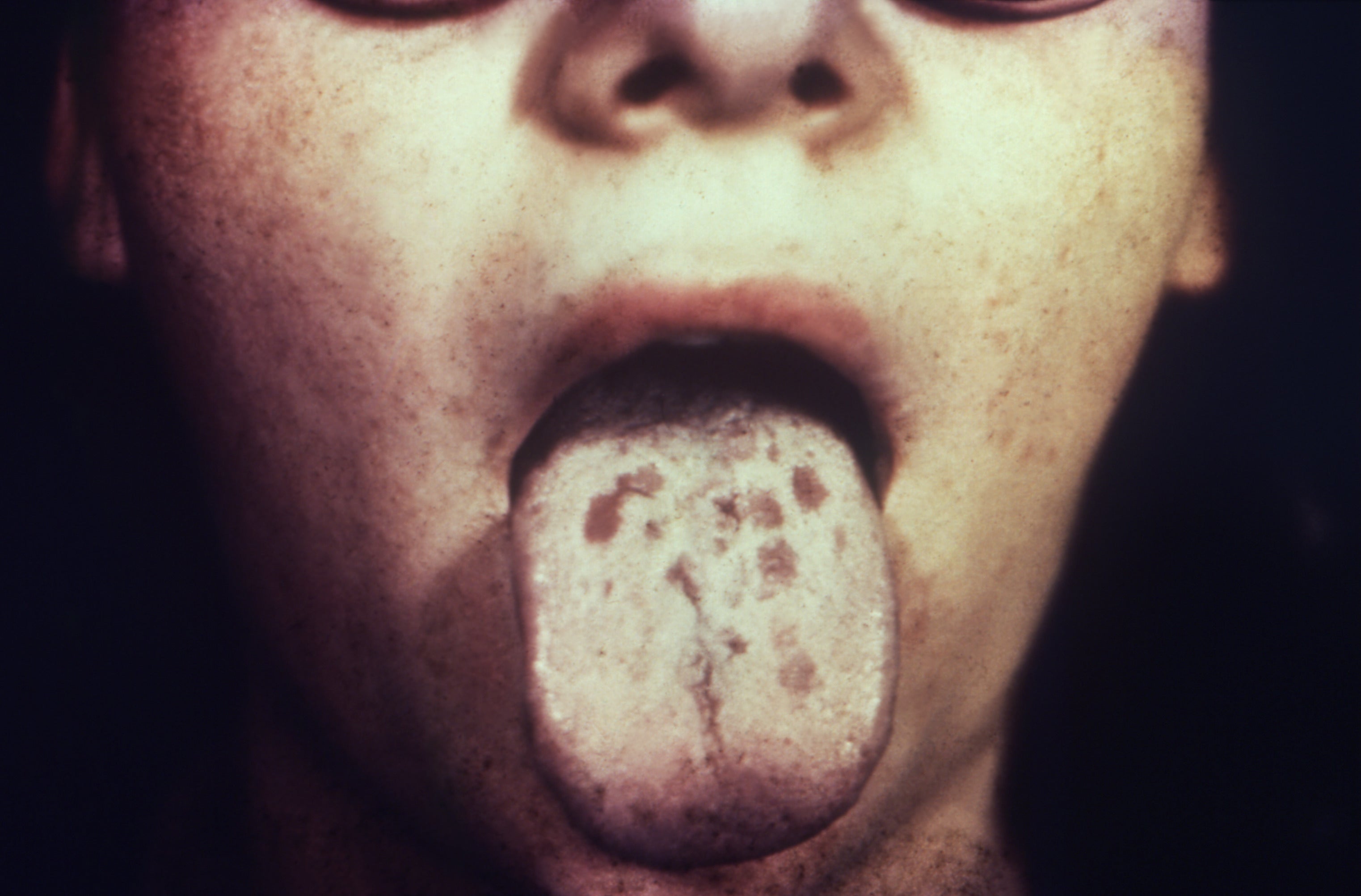
The infection: Syphilis , caused by the bacteria Treponema pallidum.
Symptoms and long-term effects: Painless and easily missed sores around the infection site at first, followed by rashes and flu-like symptoms. It can then go silent for decades, before spreading elsewhere in the body and causing serious organ damage and life threatening complications, including dementia. If passed on from mother to foetus, it can cause stillbirth or severe complications in newborns.
How to treat it: It can be treated easily with antibiotics during the early stages of illness. But antibiotics will not reverse the damage caused by chronic infection.
Donovanosis

The infection: Donovanosis, also called granuloma inguinale, is caused by the bacteria Klebsiella granulomatis.
Symptoms and long-term effects: Painless ulcers around the genitals that can eventually become “beefy red,” foul-smelling, bleeding lesions. In rare cases, these ulcers can draw in other bacteria if left untreated, causing a “flesh-eating” infection that permanently destroys tissue. Chronic infections may also raise the risk of cancer.
How to treat it: Donovanosis is thankfully rare in much of the world and can be treated with three weeks of antibiotics, though longer treatment may be needed for people with slower-healing ulcers.
Hepatitis B
The infection: Hepatitis B, caused by the hepatitis B virus.
Symptoms and long-term effects: Common acute symptoms include fatigue, poor appetite, stomach pain, nausea, and jaundice, though many may not feel sick at all. In some people, especially children, the infection can then become chronic, and if left untreated, it can raise the risk of severe liver damage and liver cancer.
How to treat it: It can be prevented through a highly effective vaccine that’s now routinely given to children; the vaccine can also prevent infection in people who have been exposed to the virus. Chronic hepatitis B can be kept in check with antivirals.
Gonorrhea
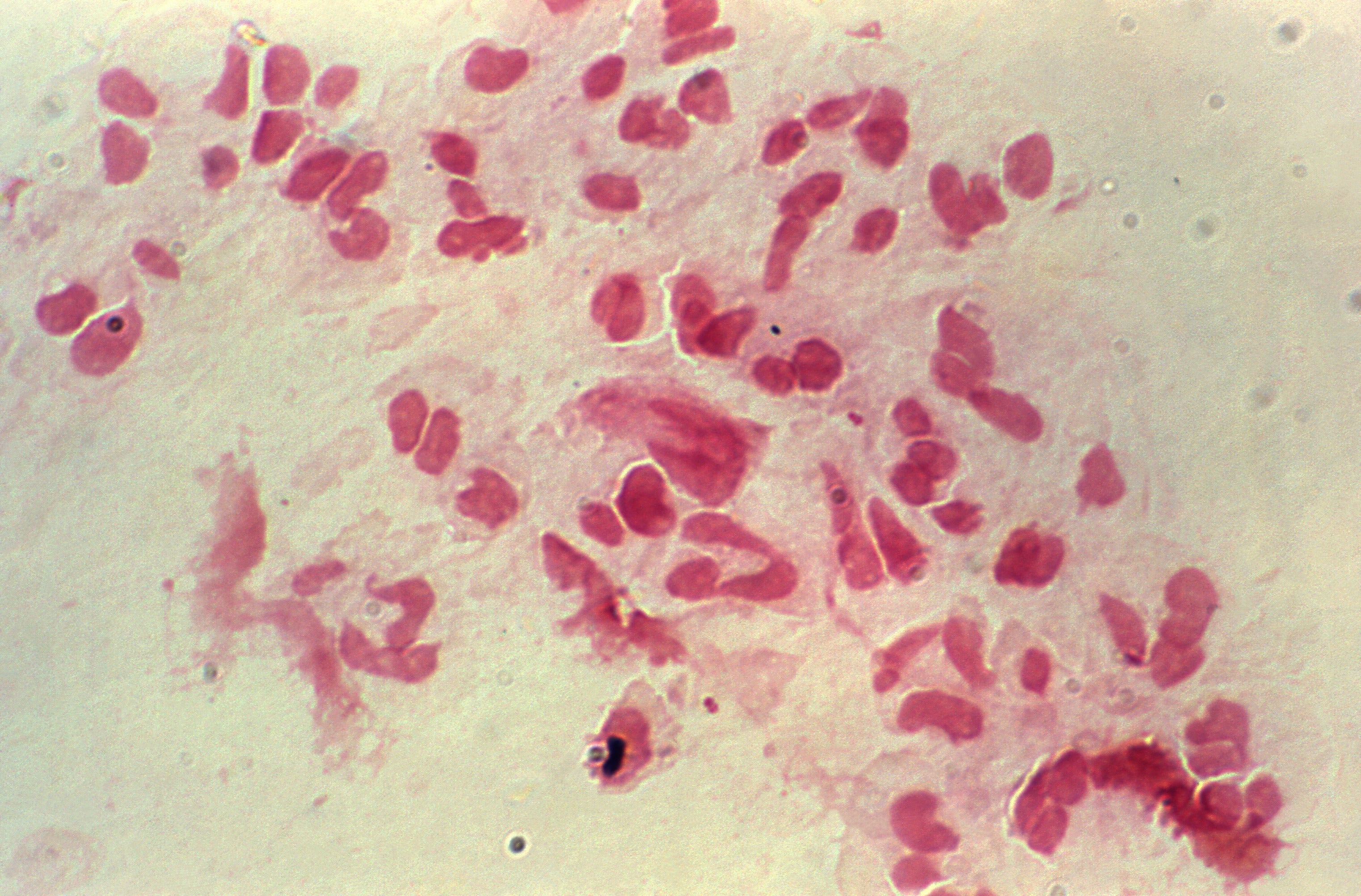
The infection: Gonorrhea, caused by the bacteria Neisseria gonorrhoeae.
Symptoms and long-term effects: Painful urination and discharge in both women and men. Untreated, it can raise the risk of contracting other STDs, and it can also cause fetal complications, including miscarriage, if contracted during pregnancy.
How to treat it: Antibiotics generally work well, but an increasing number of cases are becoming resistant to the only frontline drugs available for it, leading to the emergence of so-called super gonorrhea.
HPV
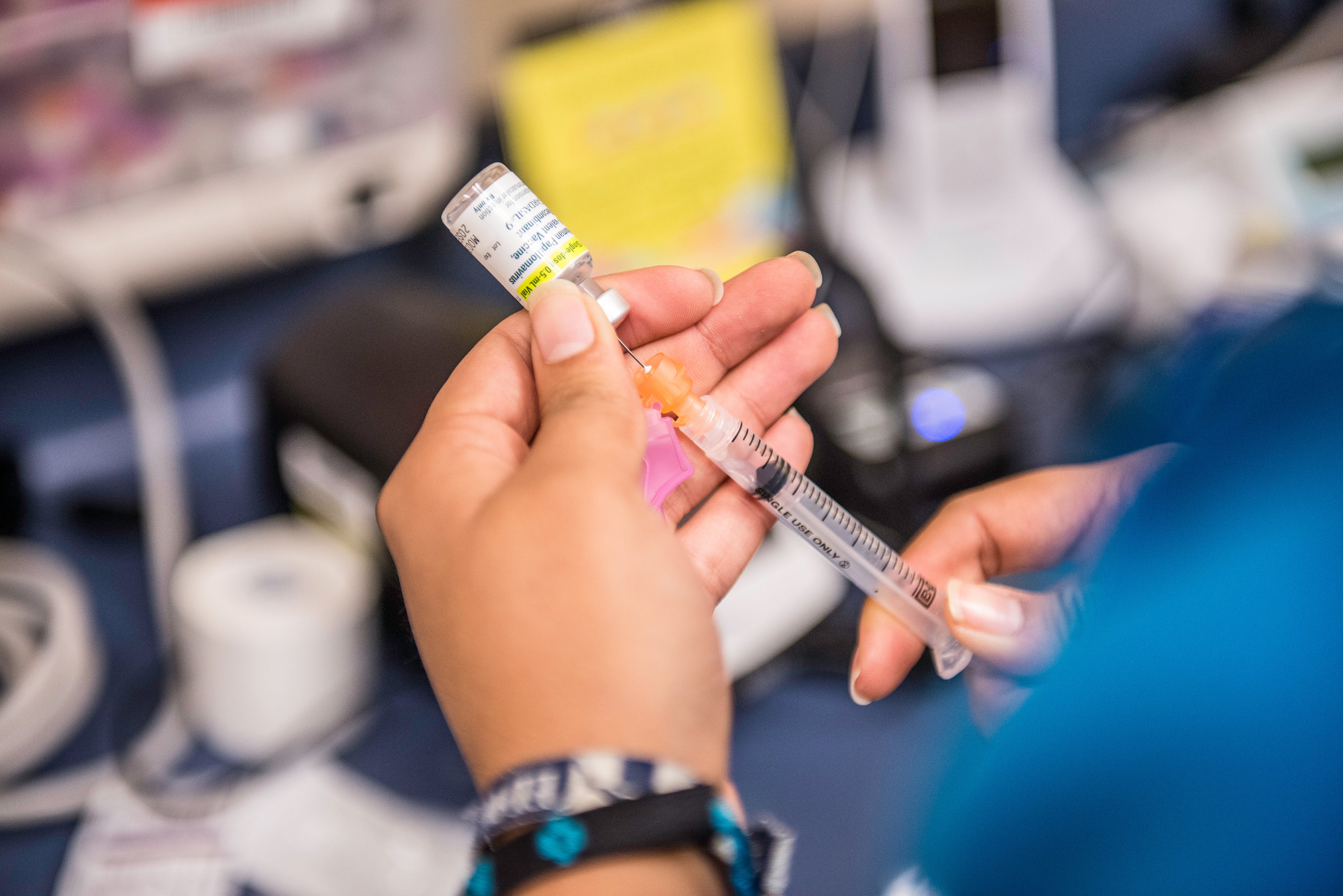
The infection: HPV is caused by the human papillomavirus, though there are over 200 different types of it. Nearly every sexually active person is thought to carry HPV, while more than 46,000 HPV-related cancers are thought to occur in the U.S. annually.
Symptoms and long-term effects: Certain types of HPV can cause warts around the genitals, anus, or mouth, depending on how it was contracted. Other types will cause no acute symptoms but increase the risk of cancer in both women and men years or decades later.
How to treat it: When given early in life, the HPV vaccine is effective at preventing infections caused by the majority of cancer-causing types of HPV, as well as some that cause warts. Warts can go away on their own, but treatments like freezing can remove them as well.
Genital Herpes
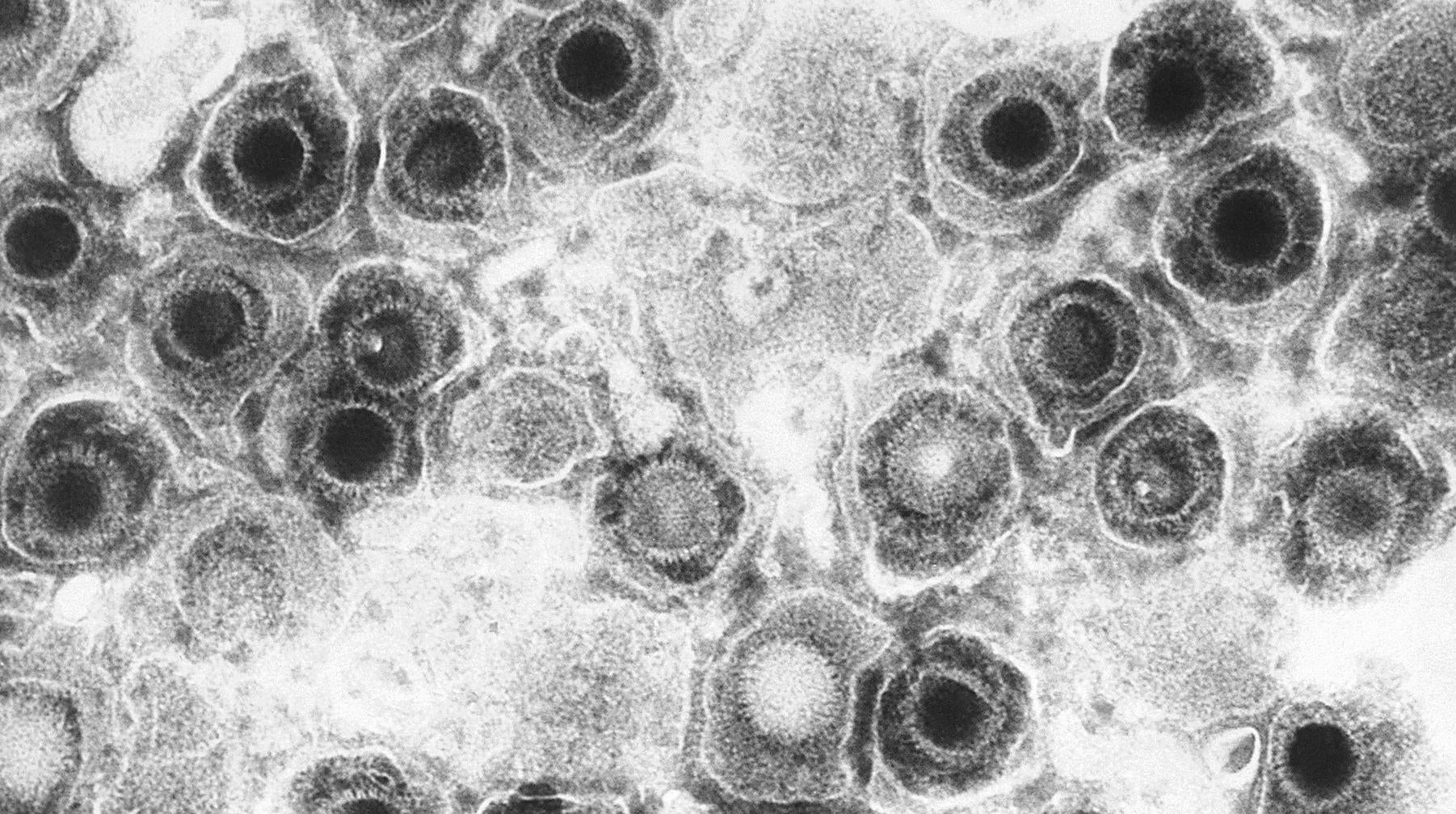
The infection: Genital herpes is usually caused by the herpes simplex virus type 2, but it can also sometimes be caused by the herpes simplex virus type 1 if transmitted through oral sex from someone with mouth sores.
Symptoms and long-term effects: The initial outbreak may cause sores around the genitals and rectum, discharge, and flu-like symptoms. Afterwards, the virus will largely remain dormant, but people can experience flare-ups of these symptoms, which are usually milder. During these periods, people are more likely to be contagious, and the virus could spread from mother to child during delivery.
How to treat it: Herpes isn’t curable, but medications can reduce the length of symptoms during flare-ups, as well as reduce the risk of transmission to others. Condoms can reduce transmission risk as well. Neonatal herpes can be life-threatening and requires urgent treatment with antivirals.
Chlamydia

The infection: Chlamydia, caused by the bacteria Chlamydia trachomatis.
Symptoms and long-term effects: In men, it can trigger a burning sensation while urinating, discharge, and pain in one or both testicles. In women, it can cause vaginal discharge and a burning sensation while urinating. If left untreated in women, it can also cause permanent damage to the reproductive system, as well as be transmitted to a foetus in the womb, raising the risk of complications like conjunctivitis or pneumonia in newborns.
How to treat it: Chlamydia can be easily treated with antibiotics, though regular STD testing is advised for sexually active people, since people often don’t experience symptoms.
Chancroid
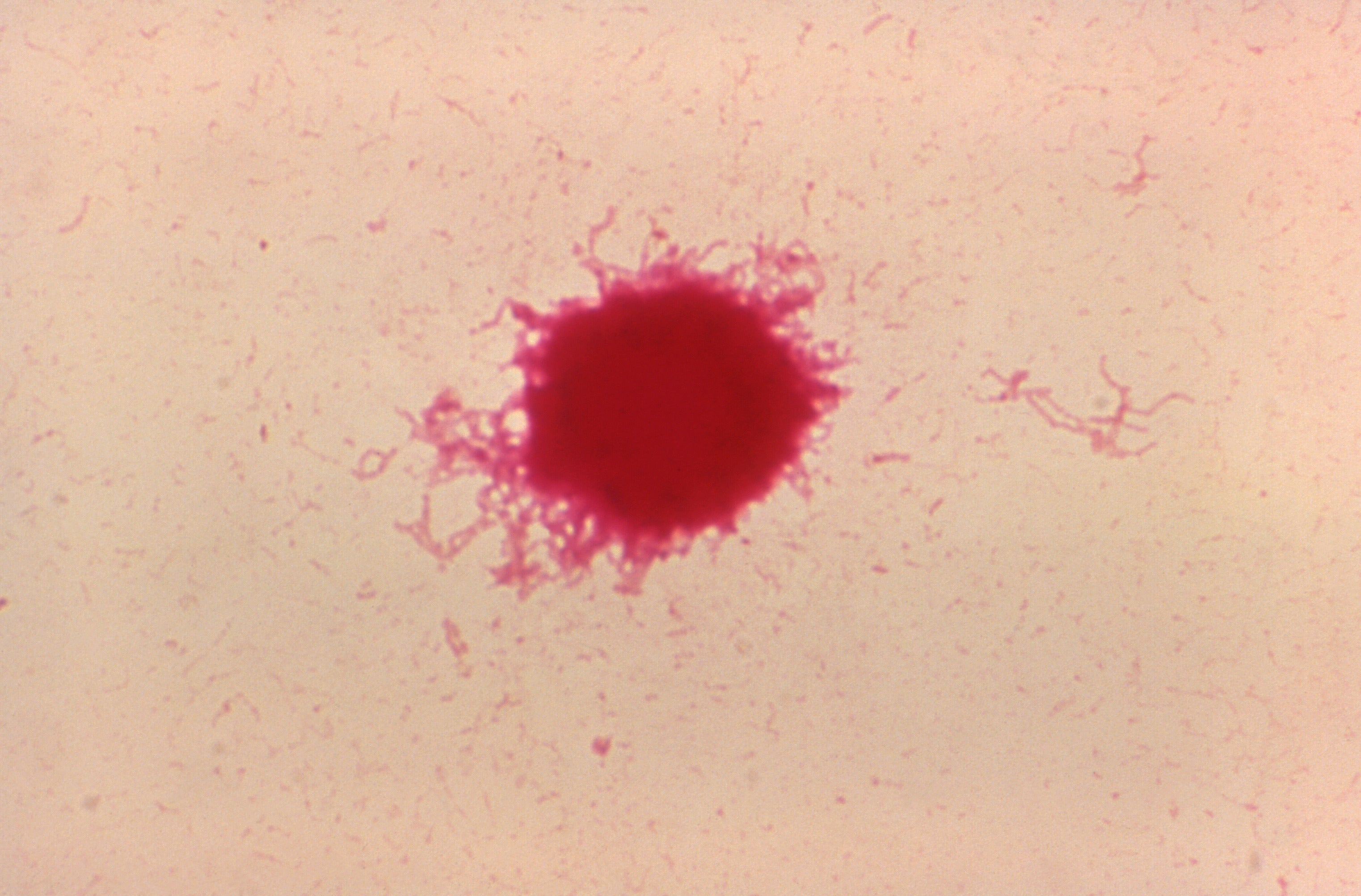
The infection: Chancroid is caused by the bacteria Haemophilus ducreyi.
Symptoms and long-term effects: It can cause enlarged lymph nodes around the groin as well as painful and bleeding gential ulcers. If left untreated, the infection can be joined by other bacteria, raising the risk of widespread tissue damage and permanent scarring.
How to treat it: The infection is easily treatable with antibiotics.
Pubic Lice
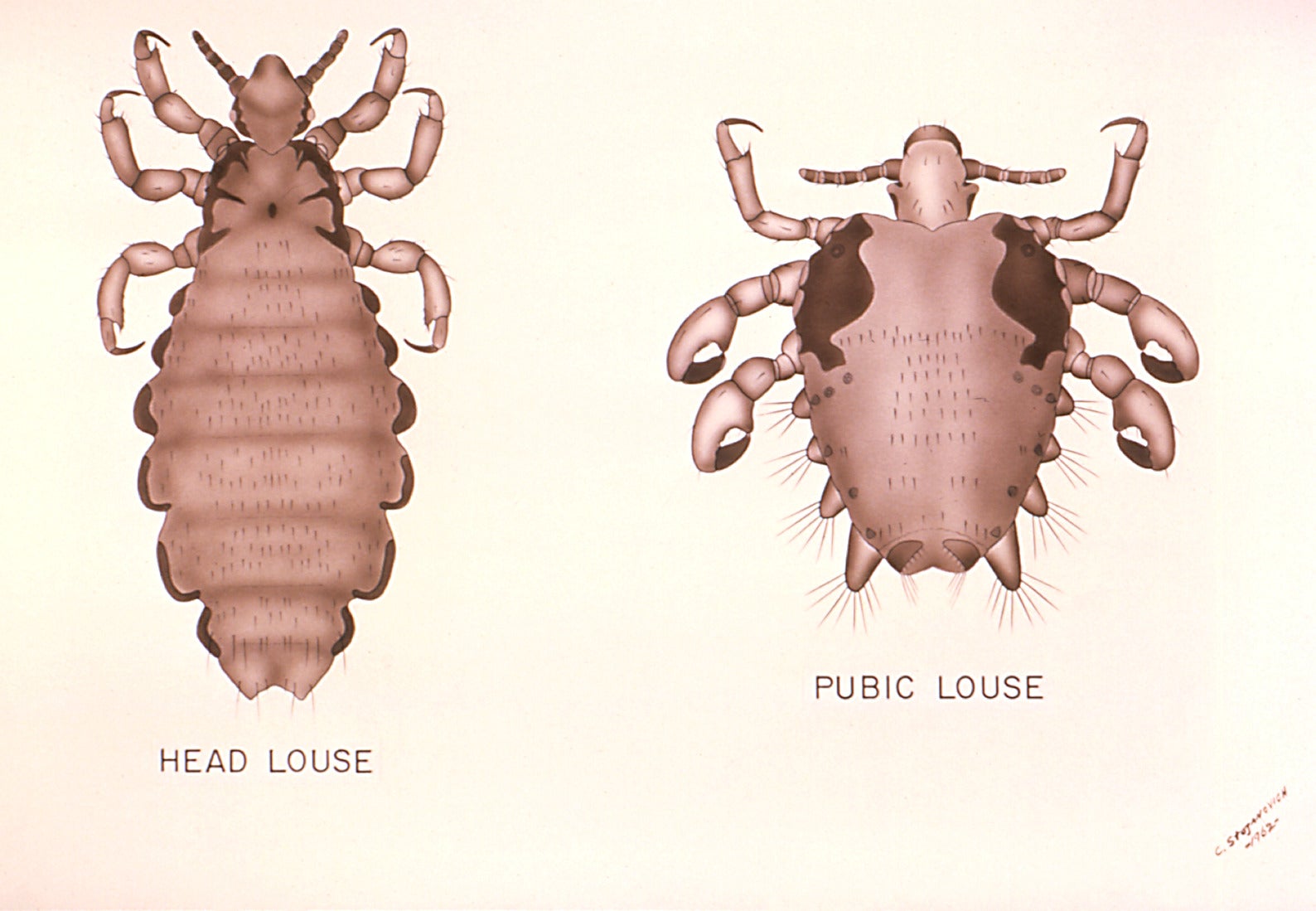
The infection: Pubic lice, or crabs, are caused by an infestation of bloodsucking insects known as Pthirus pubis, cousins to head and body lice. Annual cases worldwide have declined over time, but an average 2% of the population is thought to carry them at any one time.
Symptoms and long-term effects: Itching and irritation are the main symptoms of an infestation, which is the result of a hypersensitivity to their saliva. They’re not thought to spread any diseases, though. While these lice are almost always found on pubic hair, they can sometimes manage to latch other areas of coarse hair, like the eyelashes.
How to treat it: Many over-the-counter and prescription lotions and shampoos can effectively kill adult lice, though other medications or a special comb may be needed to remove eggs (nits). There have been reports of drug-resistant pubic lice, though it doesn’t appear to be a major concern currently.
Bacterial vaginosis
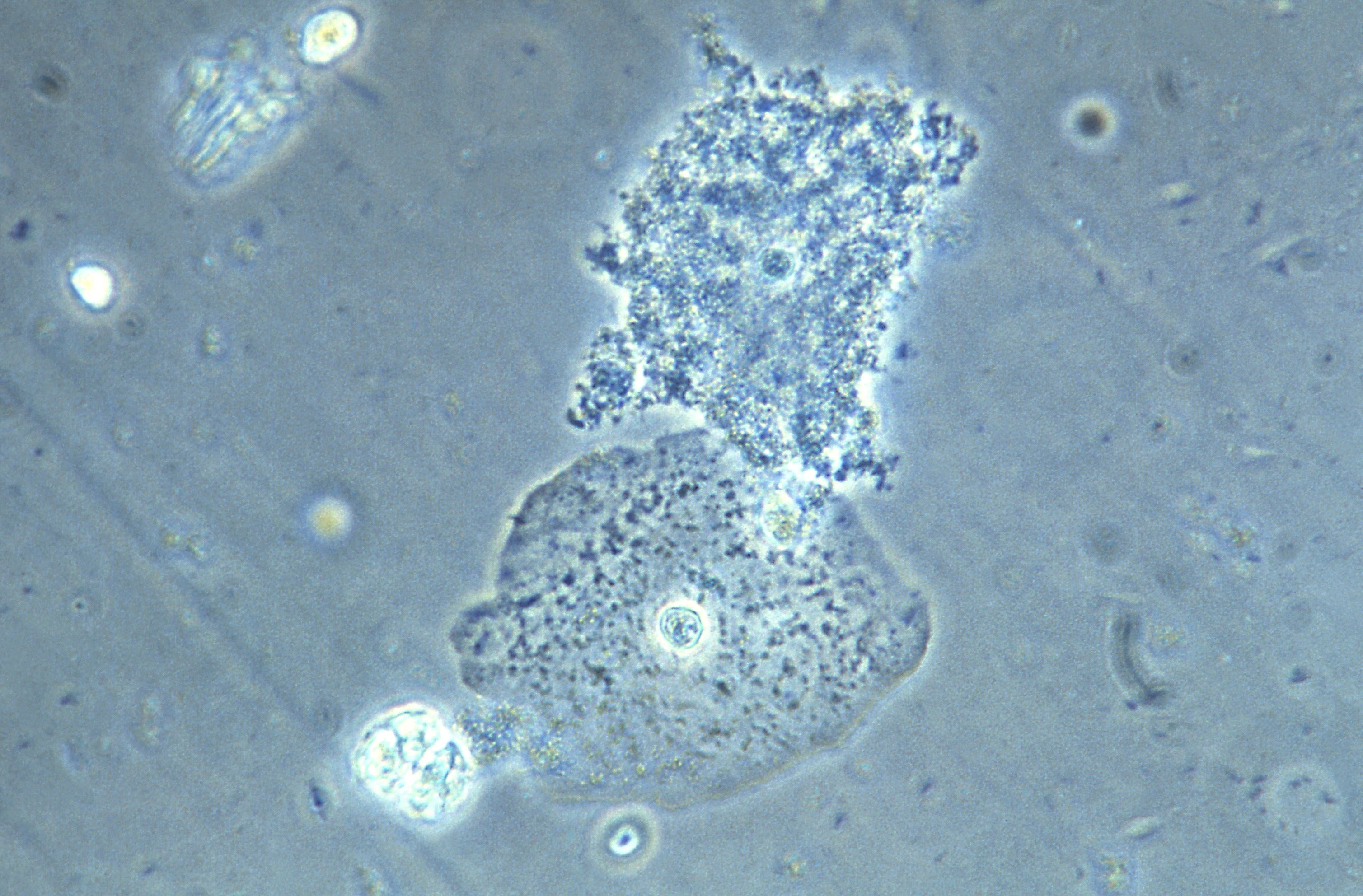
The infection: Bacterial vaginosis (BV) is caused by an overgrowth of certain bacteria in the vagina. Though not technically a sexually transmitted infection, sex is a leading risk factor for BV, and it’s rarely seen in people who aren’t sexually active.
Symptoms and long-term effects: Symptoms include a thin white or grey vaginal discharge, burning while urinating, and a strong fishy-like vaginal odor. It can also raise the risk of contracting other STDs as well as the risk of pregnancy complications.
How to treat it: BV may go away on its own, but antibiotics can speed the process along and are especially recommended for pregnant people.
